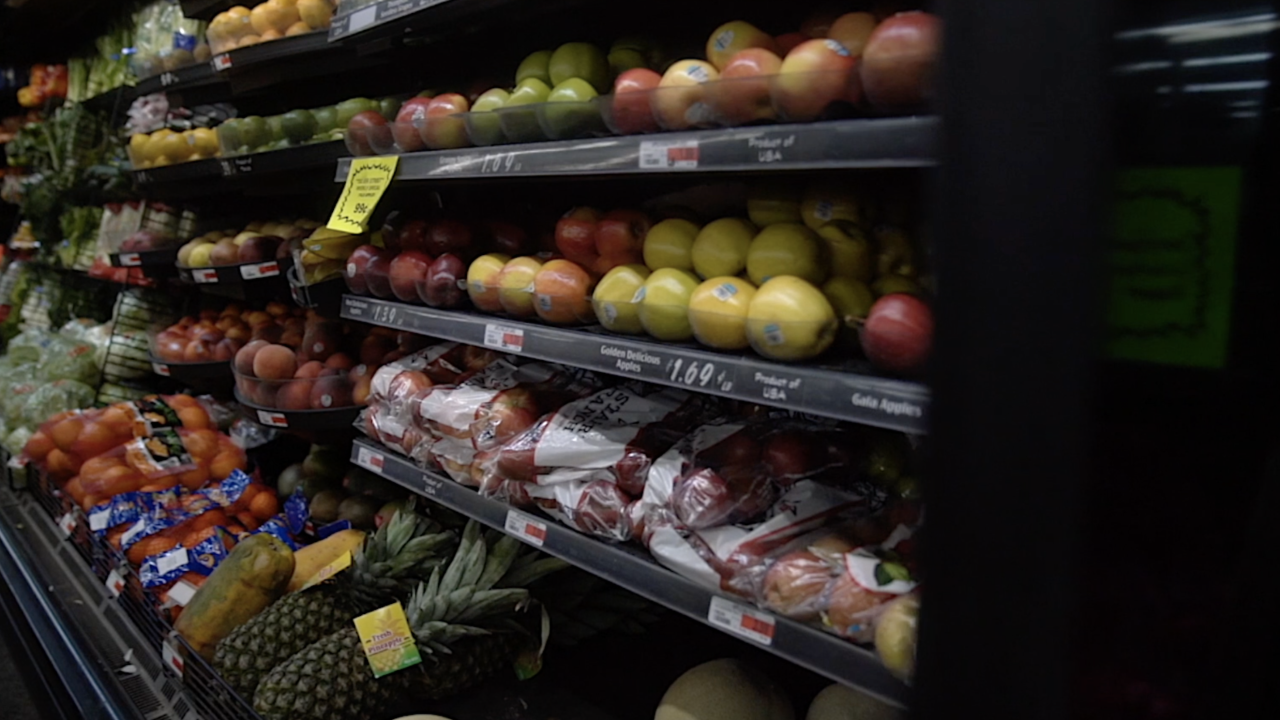The number of American kids in poverty went up by 3.7 million last month, partly due to the expiration of monthly child tax credit payments. That’s a 41 percent increase and the highest rate since the end of 2020.
Senior research fellow Zach Parolin said Black and Latino children are being disproportionately affected.
“In January 2022, one in every four Black or Latino children lived in monthly poverty, according to our estimates,” Parolin said.
Child tax credit payments were given to families from July to December of last year as part of the American Rescue Plan. The Internal Revenue Service paid out $250 per child aged 6 to 17 and up to $300 per child aged under 6. The payments reached more than 61 million children in over 36 million households.
“A massive policy success in terms of its impact on child poverty, in terms of its impacts on food hardship, and the evidence also suggests that at least for the six months that the policy was around, it didn't do much at all to affect rates of unemployment among parents who were receiving it,” Parolin said.
Robert Campbell, the senior director of policy with Feeding America, says any resource to help get food on the table is important.
“While we can't speak directly to how individuals are using their child tax credit resources, we do know that households with low incomes often spend a large portion of their budget on food, upwards of 30 percent," Campbell said, "And we also know that food-insecure families often have to make tough choices between things like food versus rent or food and medicine.”
Despite the program’s success, there is no momentum to restore the child tax credit payments in Congress. Senators are split on whether to add a work requirement for families who receive the money. Regardless, both Campbell and Parolin say that investing in the country’s most vulnerable lifts everyone up.
“If you're low-income family, you receive these benefits when you have a young child, that child is less likely to face hardship and therefore is more likely to do better in school to go on and graduate high school and to experience a number of long-run benefits as a result of this policy,” Parolin said.





